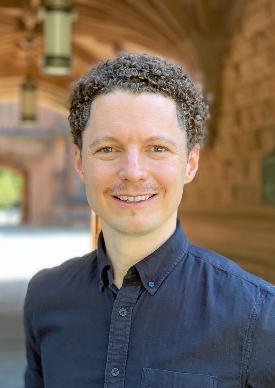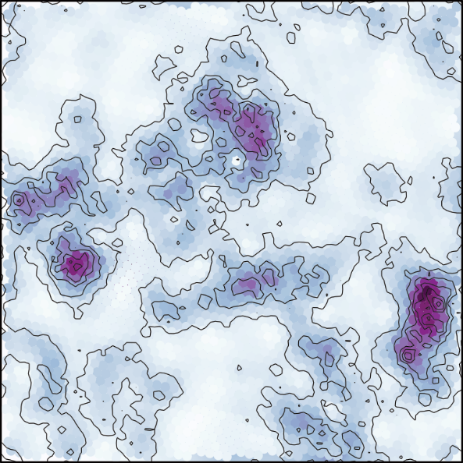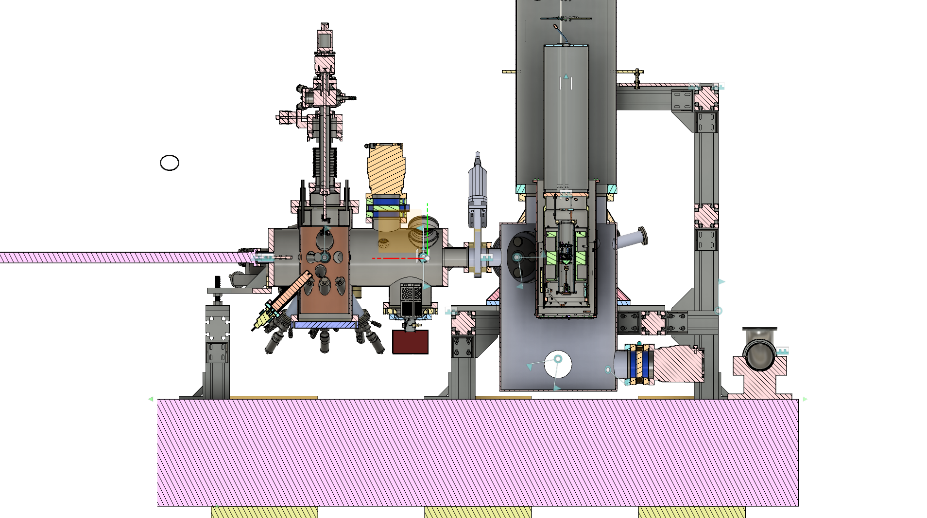Berthold JAECK
Research Interest
Prof. Berthold Jaeck’s research interest in centered around the microscopic investigation of correlated and topological electronic phases in low-dimensional quantum materials. Examples include Majorana zero modes in topological superconductors, quantum spin liquids in frustrated magnets, and many-body ground states in moiré superlattices, which show promising potential for the application in topologically protected quantum computation and energy-efficient electronic devices. To this end, his laboratory combines low-temperature scanning tunneling microscopy investigations with the fabrication of designer quantum materials. Another focus of his research activities is devoted to the development of novel quantum microscopies for the spatially and temporally resolved study of electronic quantum phases of matter.
Biography
Prof. Berthold Jaeck obtained his diploma degree with distinction from Würzburg University, Germany in 2011 and was an undergraduate fellow of the German Academic Exchange Association at University of California at Berkeley, USA in 2008-2009. He completed his doctoral studies in Physics under the supervision of Prof. Klaus KERN at the Ecole Polytechnique Fédérale de Lausanne, Switzerland in 2015, before joining the laboratory of Prof. Ali YAZDANI at Princeton University, USA as a Postdoctoral Fellow of the Alexander-von-Humboldt foundation. Since January 2021, Prof. Berthold Jaeck has become an Assistant Professor in the Department of Physics at The Hong Kong University of Science and Technology, where he is leading the laboratory for Quantum Matter and Microscopy.

Phone: (852) 2358 7495
Office: Room 4435
Email: bjaeck@ust.hk


